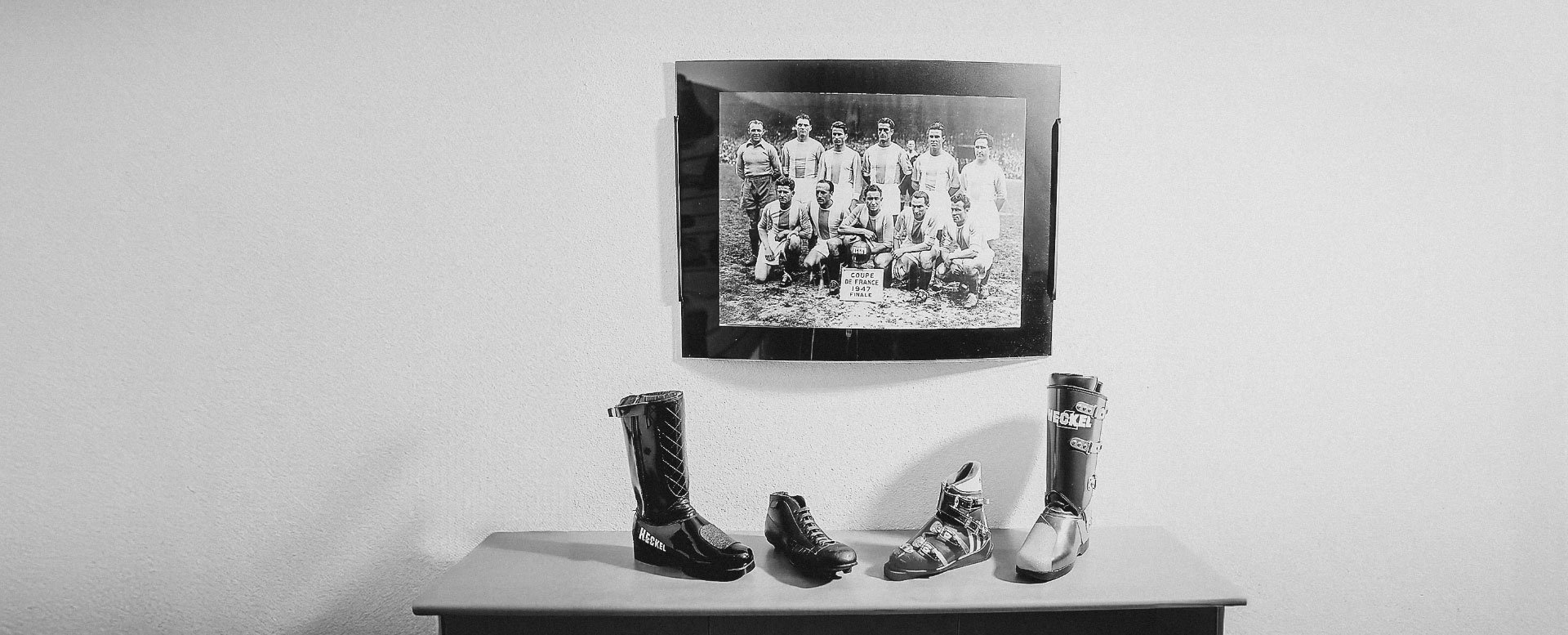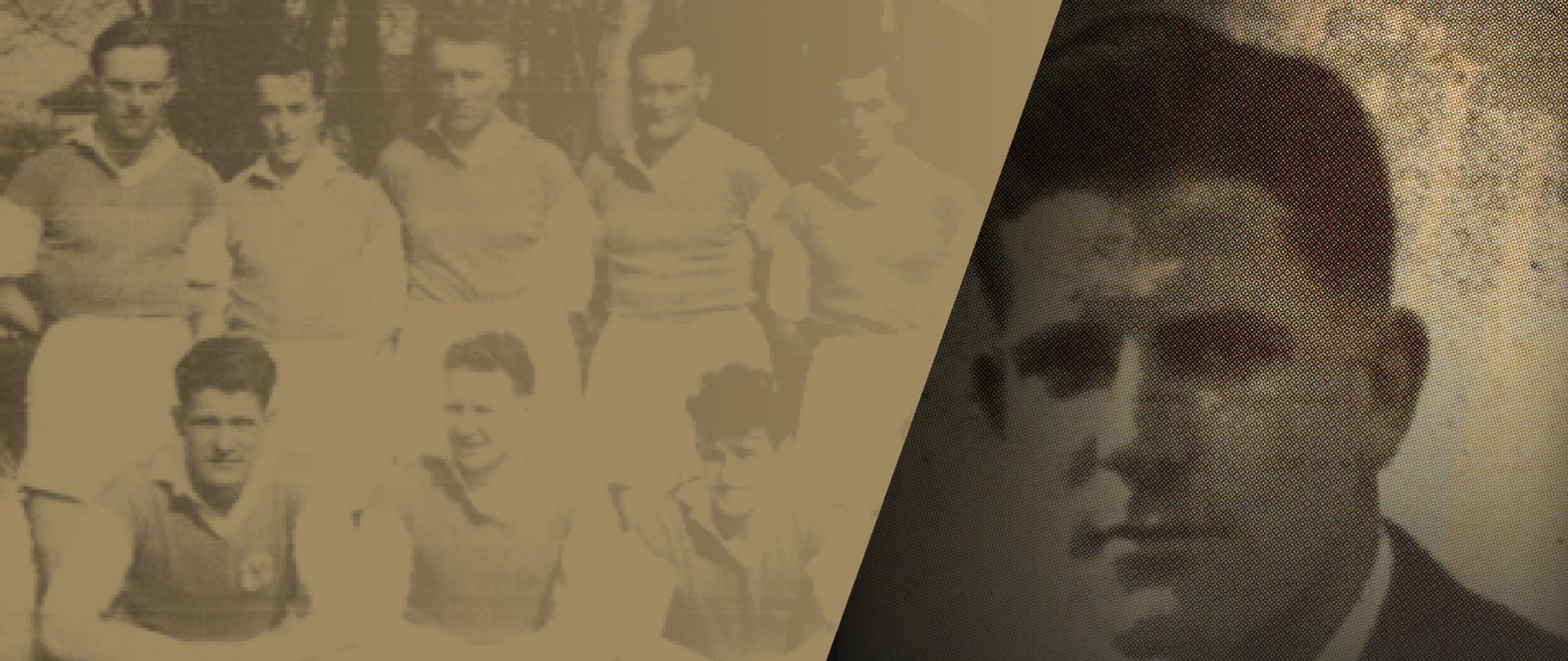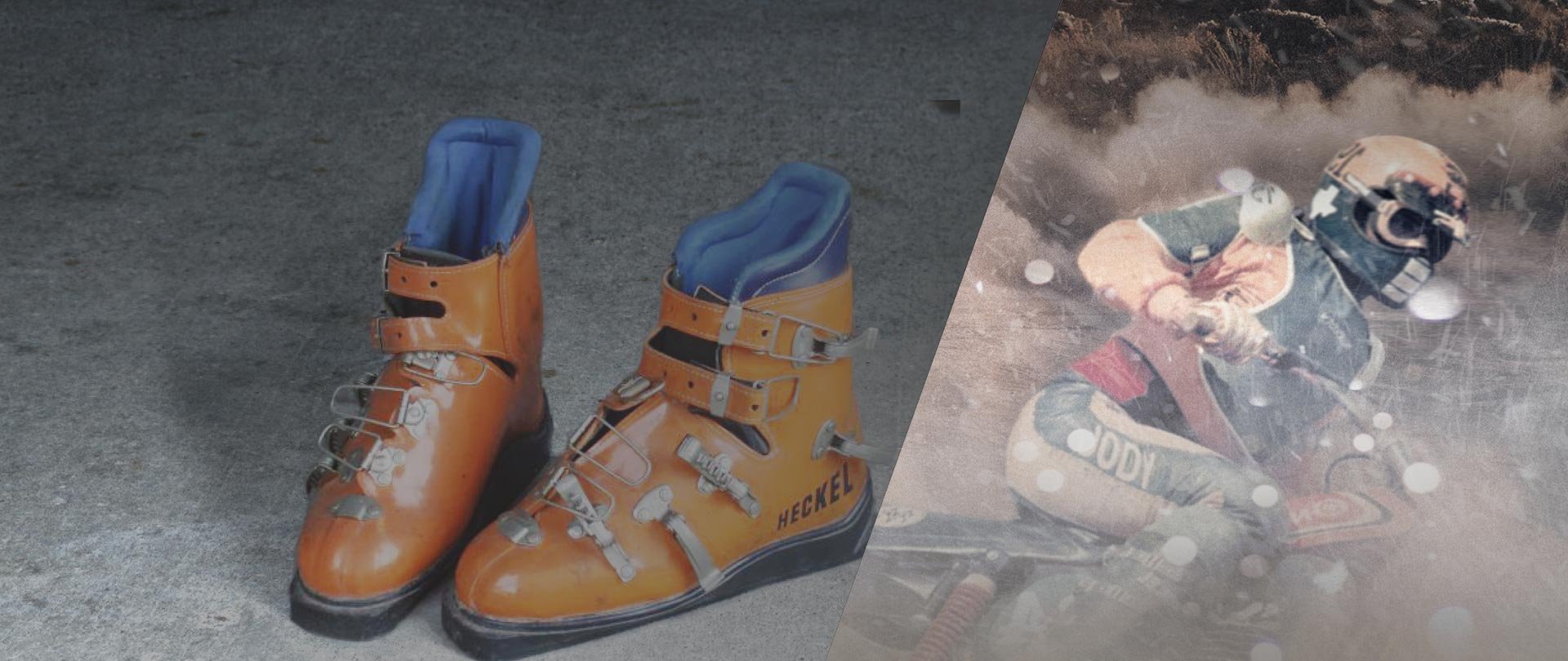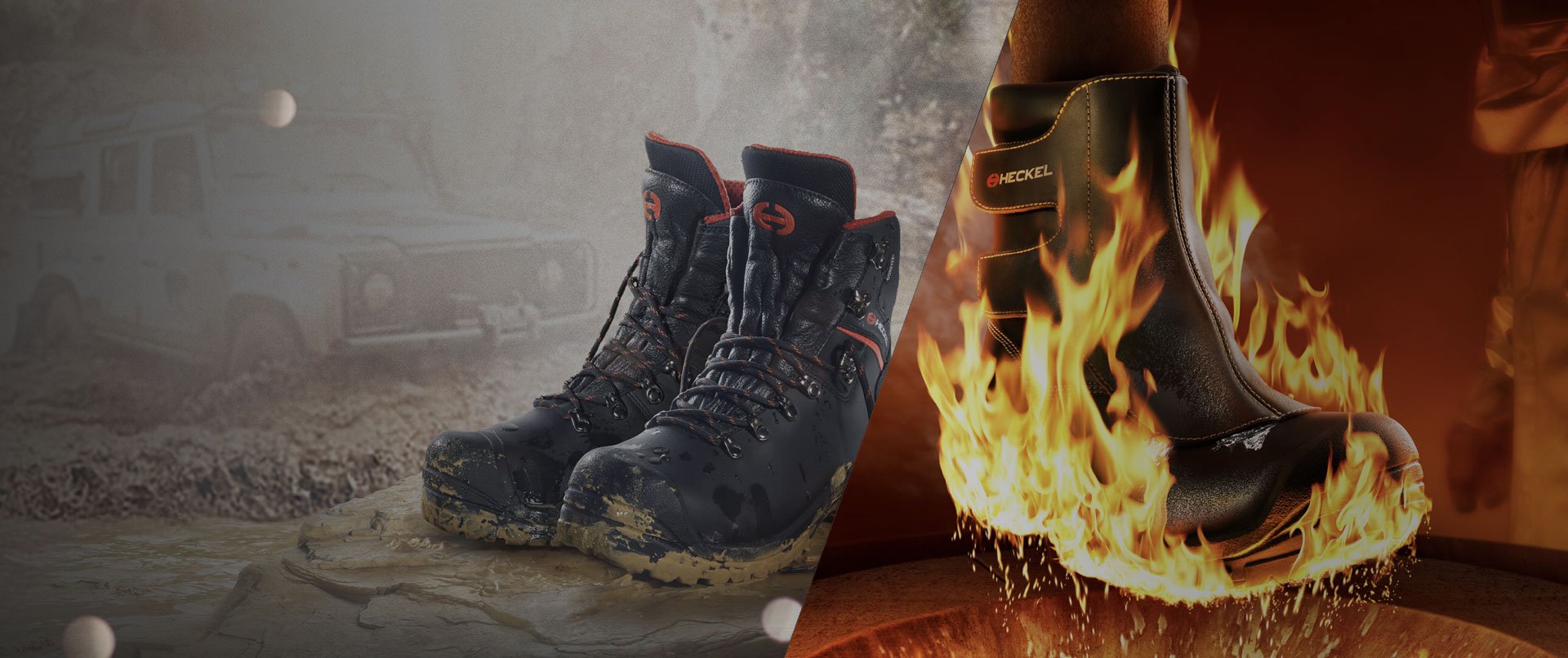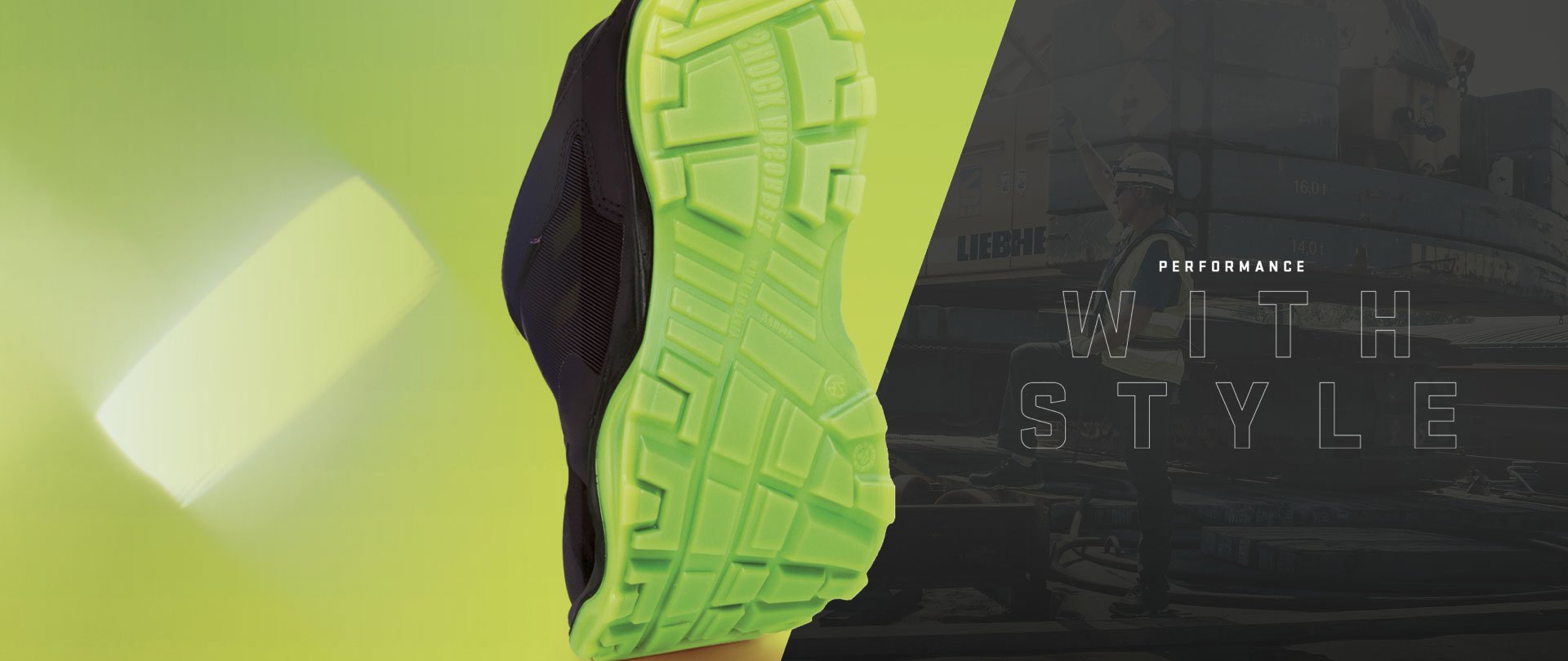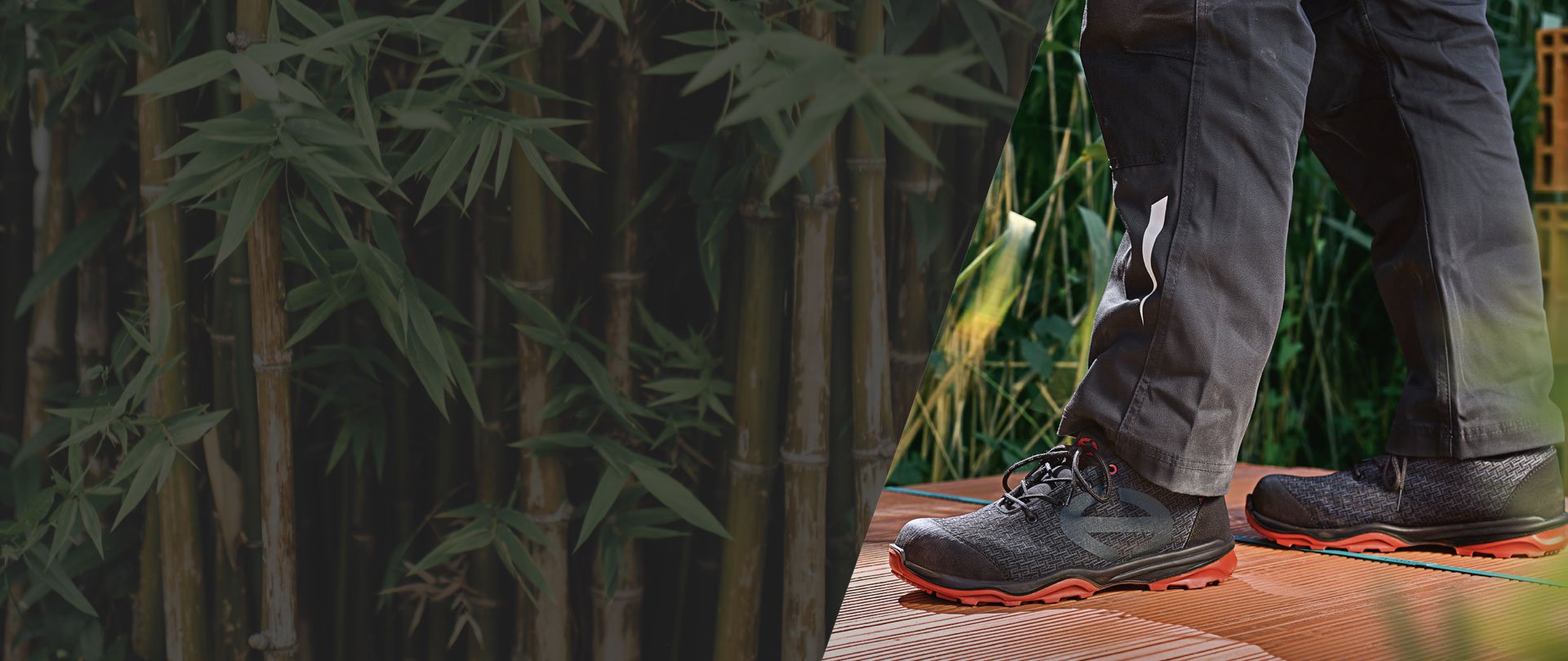The history of Heckel
Heckel specialised in safety footwear in 1970 and was one of the pioneers in the sector.
As a former professional footballer and the son of a shoemaker, Joseph Heckel created the first soft-toe football boot, which included a first draft of screw-in studs. The late 60s saw the development of a new sector: personal protective equipment for professionals, in particular safety shoes. In 1970, Joseph Heckel decided to diversify his production by starting to manufacture safety shoes. He created Heckel Sécurité and began by equipping the mining sector in northern France.
A pioneer in France, the company is now one of the industry’s pioneers, and in almost 50 years has set standards in the personal protective equipment (PPE) market.
From a family business based in La Walck (Alsace), active in leather manufacture and shoemaking, to a brand distributed in over 30 countries, the history of Heckel has been marked by difficult times as well as years of dynamic development and numerous successes.
We invite you to discover this history.
1945 – 1948
Joseph Heckel, a talented right winger played for 3 seasons at the Strasbourg Racing Club (1945-1948). He also participated in the 1948 Olympic Games in London with the French football team.
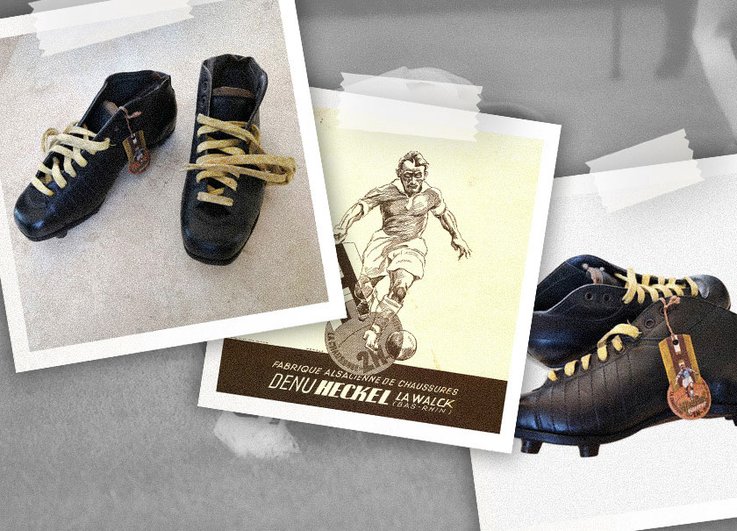
1945
Joseph Heckel revolutionizes football boots with 2H brand
In 1945, football boots had a hard toe cap to improve a players ability to strike the ball. Players would often break studs due to the hardness of the field.
The son of a shoemaker, Joseph Heckel was quick to point out the many shortcomings of football boots at the time, particularly their excessive rigidity. He innovated by creating football boots with a soft toe cap and a range of screwed in studs.
To promote this revolutionary tool, he teamed up with Oscar Heisserer, his team-mate at the time at Racing Club de Strasbourg, to create the 2H brand, for “Heckel-Heisserer“.
1946
Heckel Shoes: A hit in french football
The first Heckel shoe was a resounding success. The French football championship was soon sourcing from La Walck, and continued to do so until the end of the 1950s.
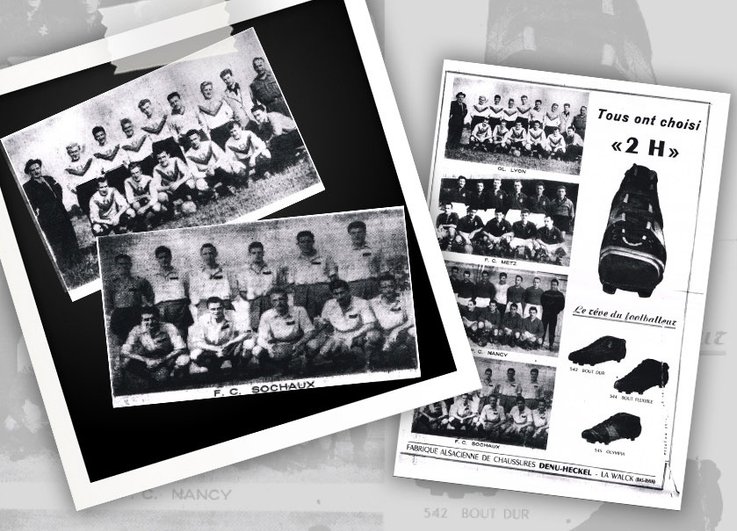
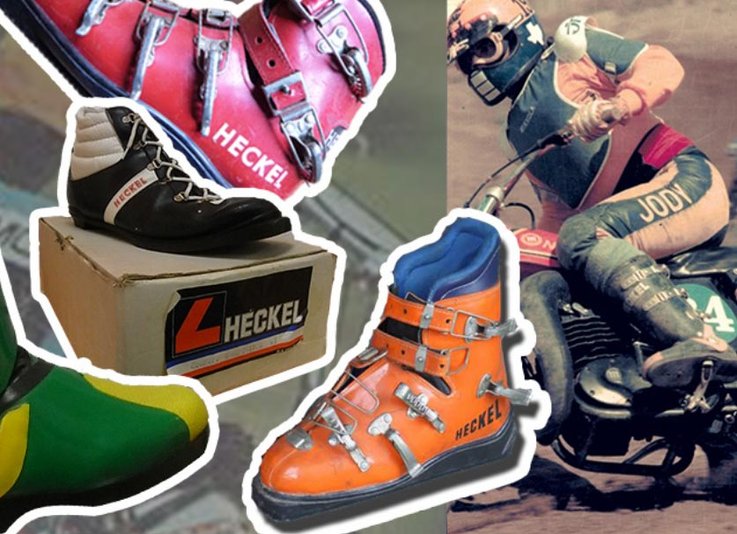
1960s
Innovating Ski and Motocross Boots
Between the 1960s and 1970s, Joseph Heckel also developed the manufacture of ski boots and motocross boots.

1970s
Pioneer in safety footwear
Faced with the development of the personal protective equipment market and the rise of brands such as Adidas, Joseph Heckel decided to specialise in safety footwear and created Heckel Sécurité in 1970.
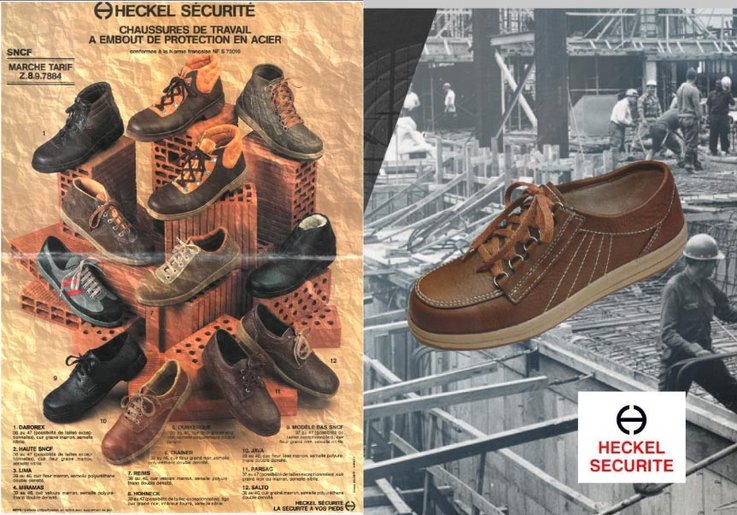
1980s
In the 1980s, the Heckel brand continued its development.
With a highly skilled workforce, located in the heart of Alsace in La Walck, the Heckel brand provides an increasingly wide range of safety shoes, highlighting continuous improvement, comfort and the aesthetics of its models.

1990s
Export expansion
Heckel is continuing to expand its export business, particularly in Eastern Europe, Africa and the Middle East, thanks in particular to its iconic MACSTOPAC model, 4 million pairs of which will be sold worldwide between 1977 and 2018.
In 1999, Heckel was awarded the Regional Export Trophy in the Eastern Europe category.
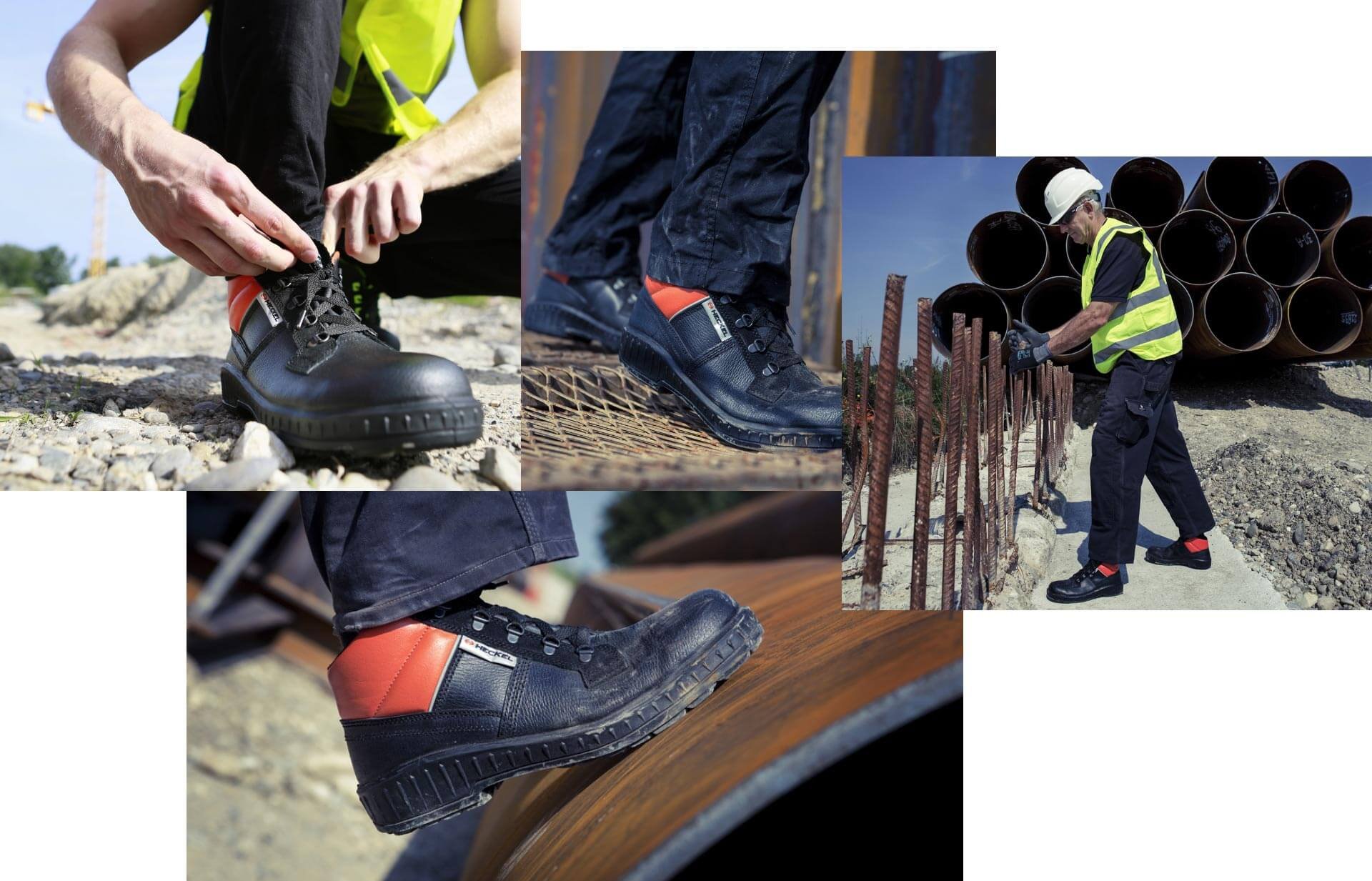
1996
The NITEX sole concept was recognised and awarded the Innovation Grand Prize at the 1996 Expoprotection fair.
Developed to withstand any aspect of asphalt work, the NITEX sole boasts exceptional thermal insulating characteristics and its smooth surface means the footwear does not leave a print on freshly laid asphalt.
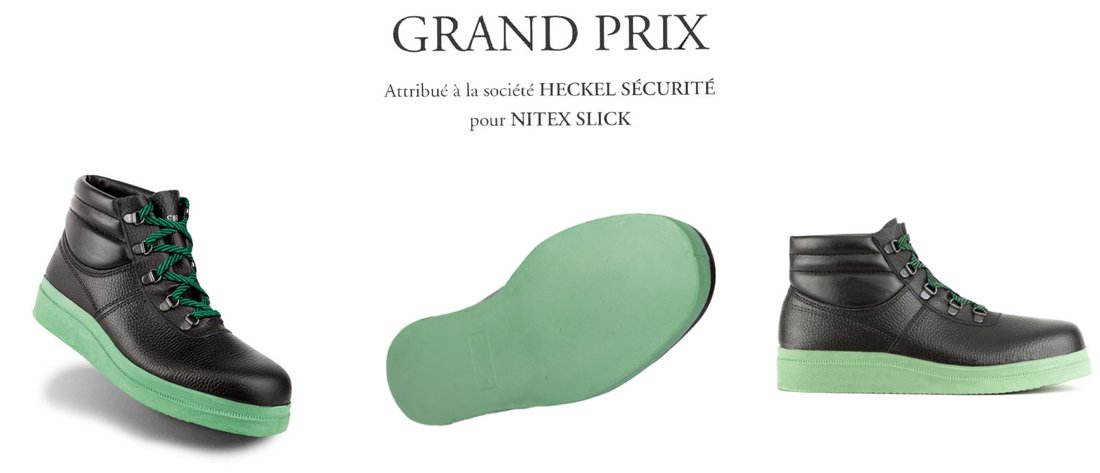
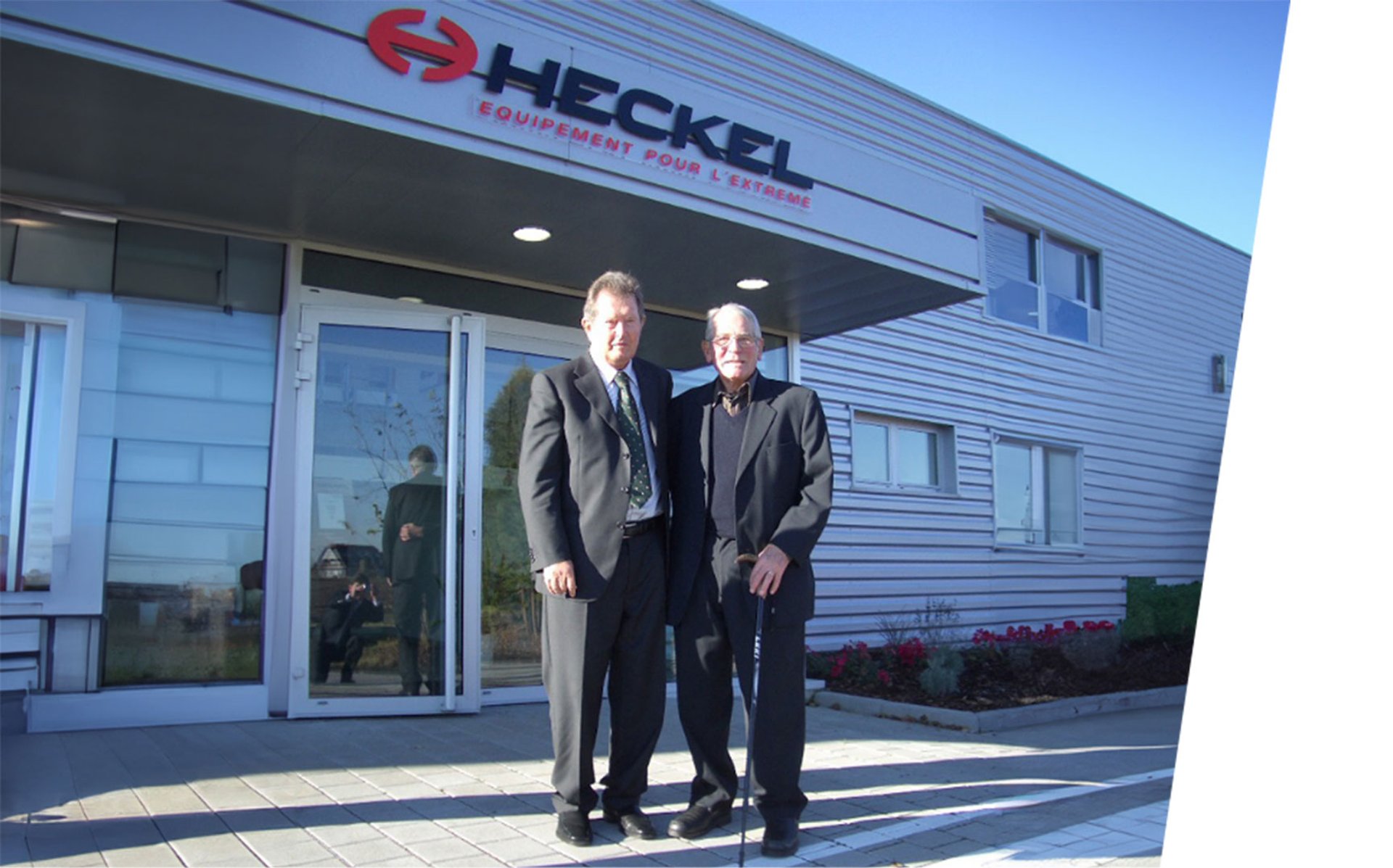
2001
The German family group uvex, a European specialist in personal protective equipment, acquired the company in 2001. Innovative and recognised for the quality of its products, the uvex brand ensures the continuity of the business and a new impetus for the company.
Today, Heckel remains the second largest safety footwear brand in the uvex group.
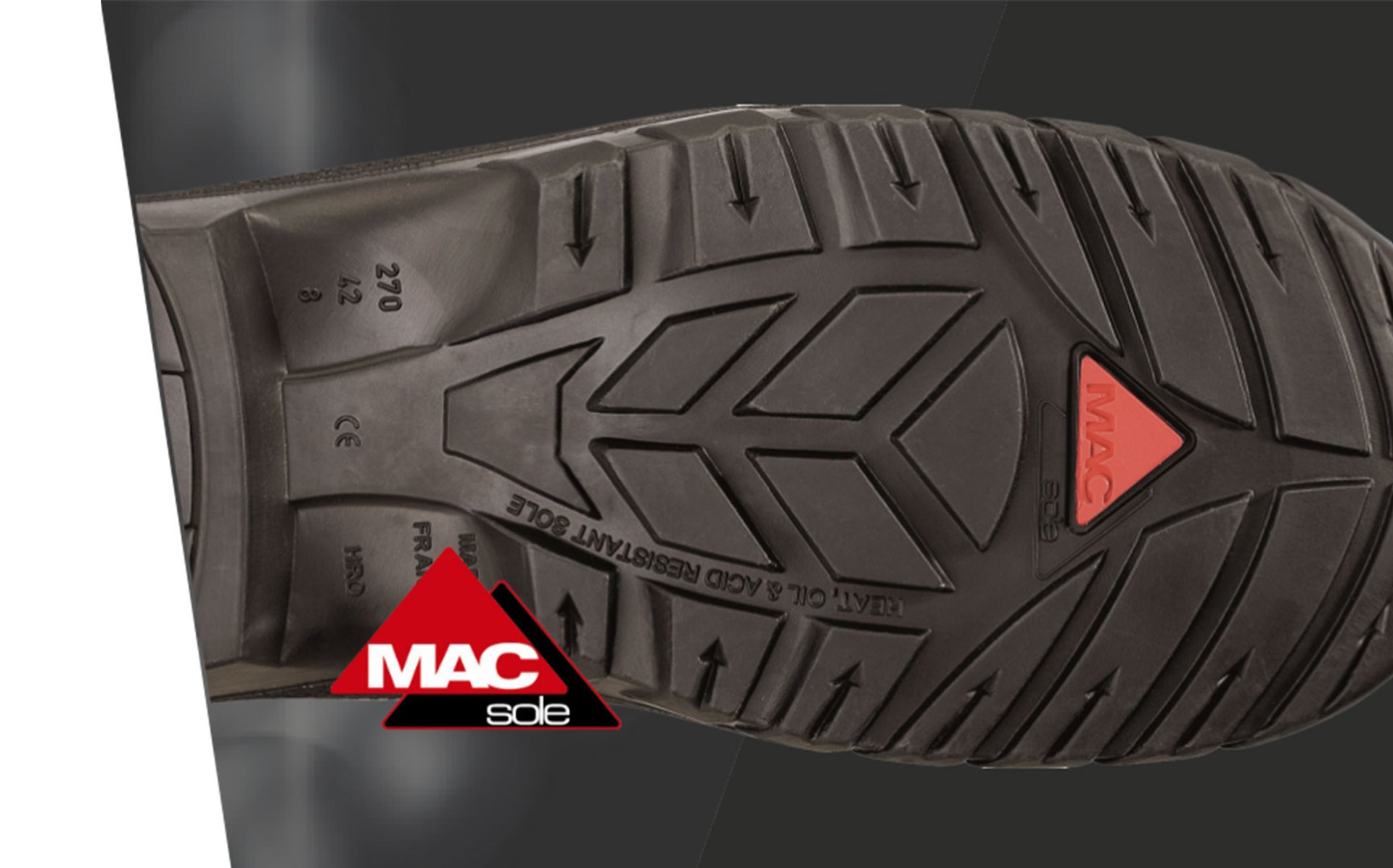
2001 - 2002
Development of our rubber sole technology
Drawing on its many years of experience, Heckel began developing its own rubber sole technology in 2001 under the MACSOLE® brand: Multi-purpose, Anti-slip, Comfort and SOLE. Made from exclusive nitrile rubber compounds, MACSOLE® soles offer unrivalled performance in terms of grip and durability, even in the most extreme conditions.
This technology was awarded the AFTIC (Association Française des Techniciens de l’Industrie de la Chaussure) Innovation Prize in 2003.

2006
In 2006 the MACSOLE® SPORT range is launched – rubber sole technology for light industry. Exceptional grip, low weight (shoe’s weigh less than 550 g) and exceptional breathability; the MACSOLE® SPORT range is designed for those working in light, automotive and services industries.

2008
2008 is the year of the launch of the MACSOLE® ADVENTURE range – the rubber sole technology suitable for all applications. The deep sole tread provides increased slip resistance and together with the reinforced sides which support the foot and ankle, makes this range ideal for working on tough, uneven terrain.

Heckel @Dakar Rally 2008
“On ne peut affronter le Dakar qu’avec des partenaires performants.” (You can only face Dakar with efficient partners.)
In 2008 Heckel is the official supplier of protective equipment for the Mercedes Team, lead by Ellen Lohr, a German car driver in Dakar, as well as on other Rally races.
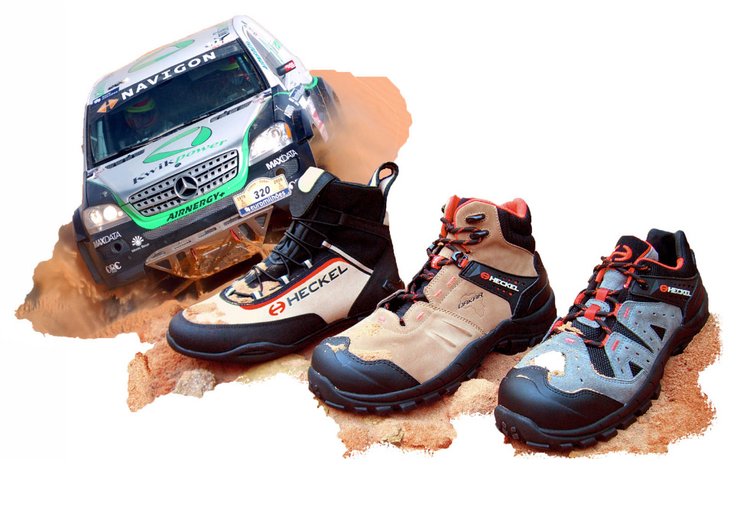
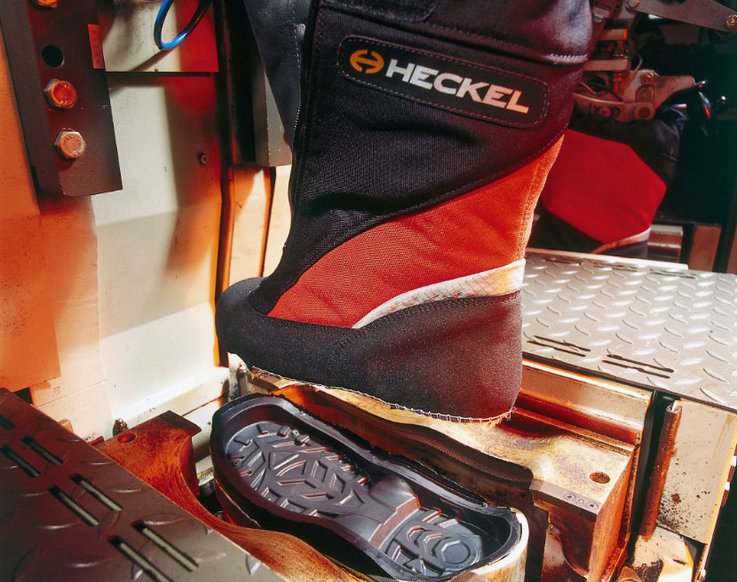
2009
Global financial crisis
As a result of the global financial crisis, Desma injection carrousels are transferred to the group’s Italian factory.
2010 – 2011
Heckel provides equipment for extreme conditions explorers
From France to Antartic, through Mongolia to Greenland, Heckel safety shoes are tested for extreme conditions. Feedbacks from these ambassadors lead Heckel to pay attention to all details into the safety shoe development and production, so to provide best protection possible.
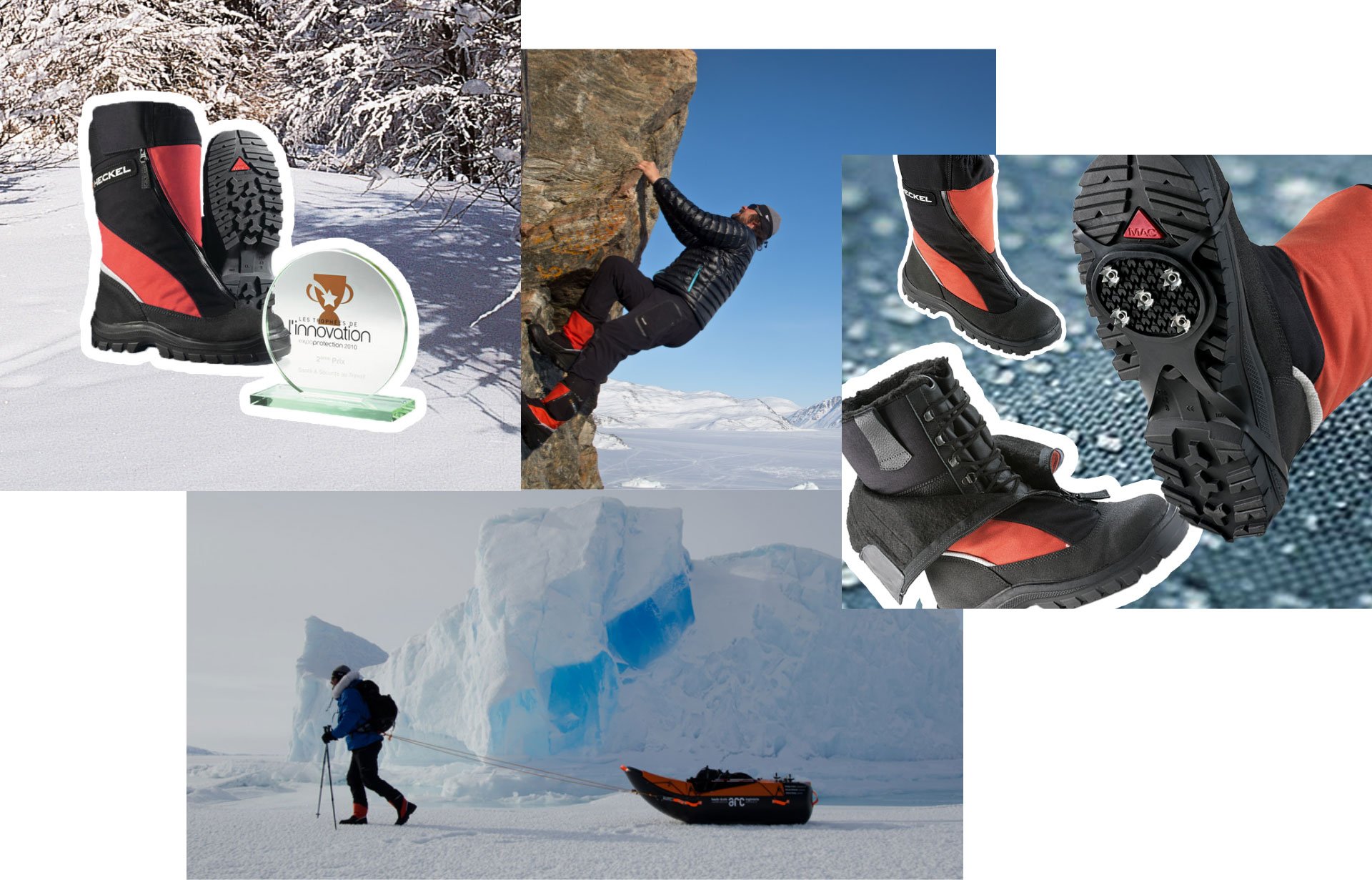
2010
In 2010 the MACPOLAR EXTREM is worn by Stéphane Luchini, as part of the scientific mission “Generali Arctic Observer”.
The mission’s main aim was to measure the terrestrial magnetic field at the North Pole, as well as the carbon dioxide content of the atmosphere above the Arctic Ocean.
2010
In 2010, Heckel won the Expoprotection Innovation Trophy with the MACPOLAR EXTREM. This robust leather winter boot with PU membrane, ASPEN AEROGEL inserts, fleece lining and Cordura gaiters protects wearers from the cold, snow and rain. Its extremely grippy MACSOLE® EXTREM rubber sole with a high-cramp profile guarantees safe movement.
2011
It is the turn of Nicolas Dubreuil to put the MACPOLAR EXTREM to the test. French explorer and extreme expedition guide, Nicolas accompanies television companies and scientists to the indigenous peoples of the polar regions. An ideal setting for an extreme test of the MACPOLAR EXTREM.
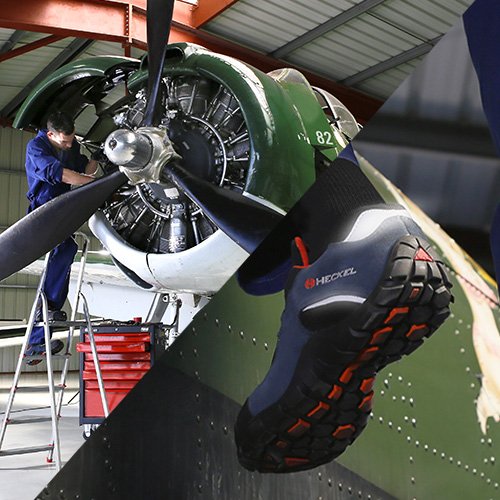
2014
Performance with style
Convinced that safety is the result of combining the most innovative technologies with design, in 2014 the Heckel brand launched a new positioning, „Performance with Style“, to reflect this ambition.
2014
RUN-R range
Launched in 2014, the RUN-R range perfectly illustrates our new positioning “PERFORMANCE WITH STYLE”. Light and stylish, the RUN-R safety shoes quickly became our flagship range.
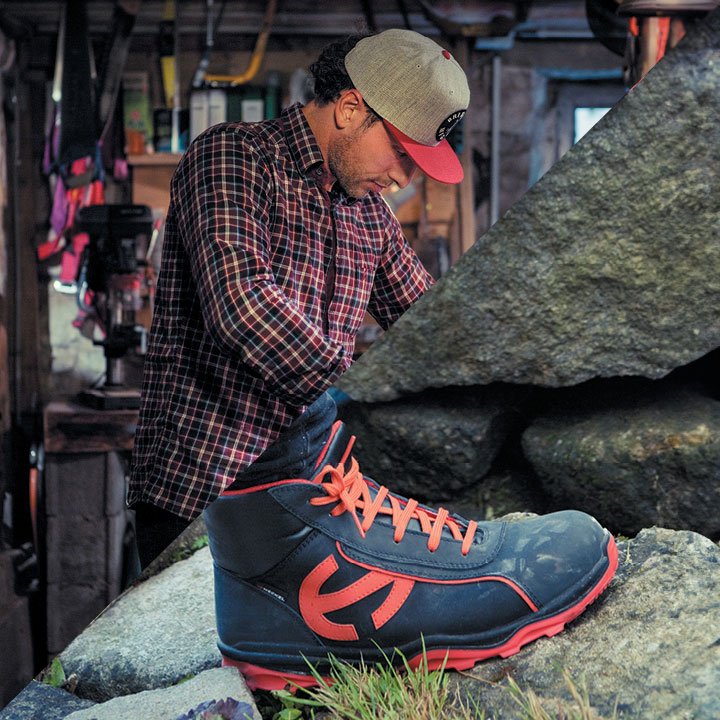
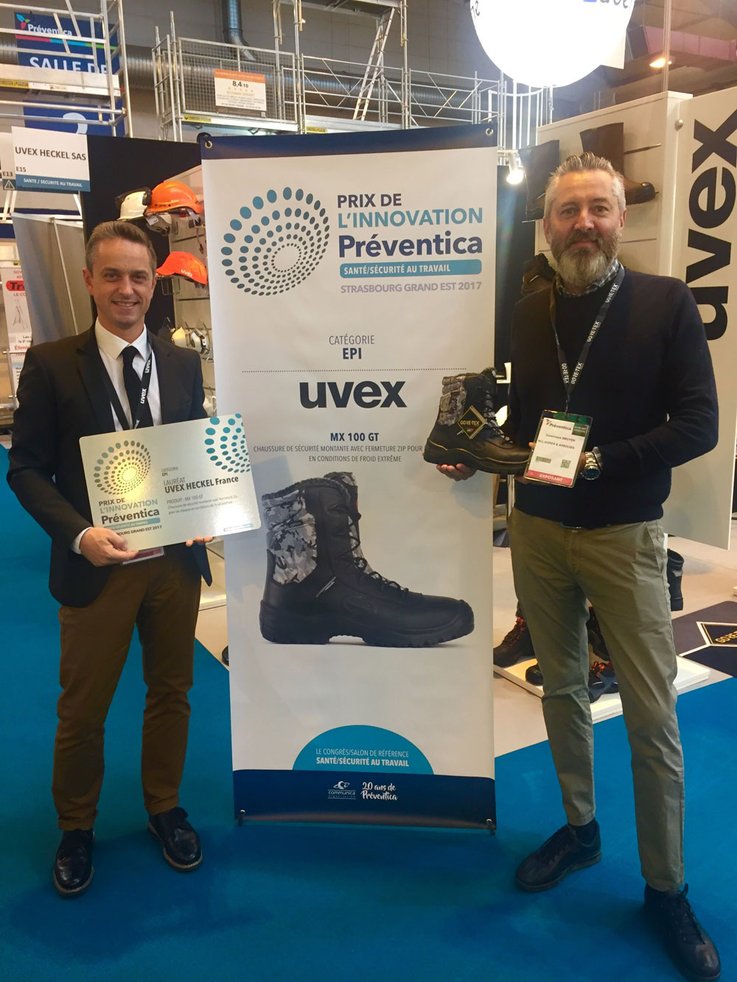
2017
In 2017, the MX 100 GT has been acknowledged at the Préventica fair in Strasbourg and presented with the Innovation Prize. Equipped with a new thermal insulation concept developed by GORE-TEX, the MX 100 GT safety footwear is particularly suited for extreme winter conditions and capable of withstanding temperatures as low as -30°C.
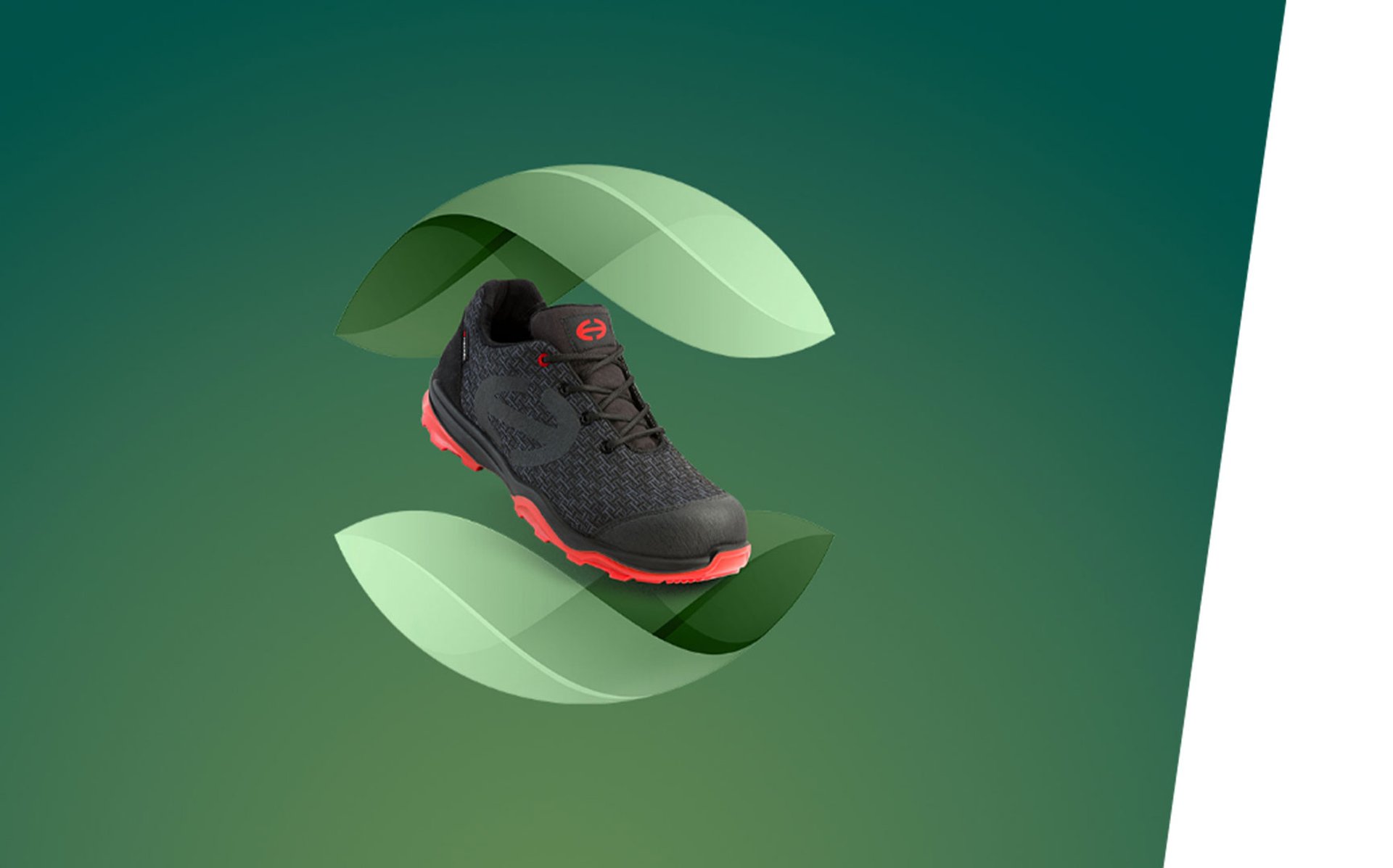
2021
Through our “protecting planet” commitment, we are making a promise to protect society and the environment. RUN-R PLANET 100 LOW are the first safety shoes made up with various recycled or biosourced components, officially measured by EN ISO 14021, and produced under the EN ISO 14001 standard.
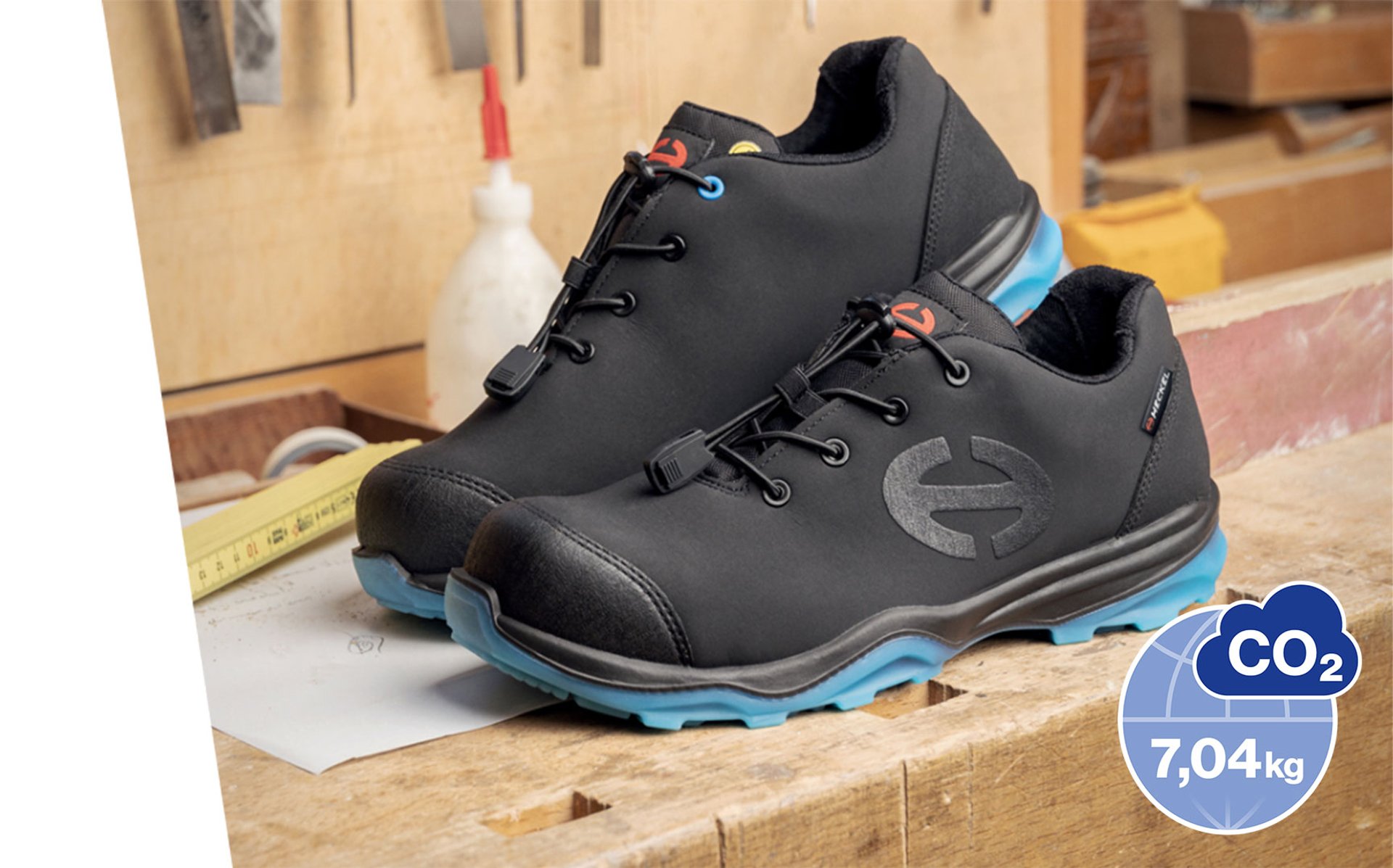
2023
Calculating the carbon footprint of our products
Aware of our responsibility in the face of global warming, we are stepping up our commitment to meet the challenges of sustainable development.
We are committed to reducing our CO2 emissions to become carbon neutral by 2045, 5 years ahead of the requirements of the European Green Deal. To achieve this, we have begun calculating the carbon footprint of our safety footwear using the methodology described in the international standard ISO 14067, the SimaPro software and the cut-off system model from the ecoinvent database.
